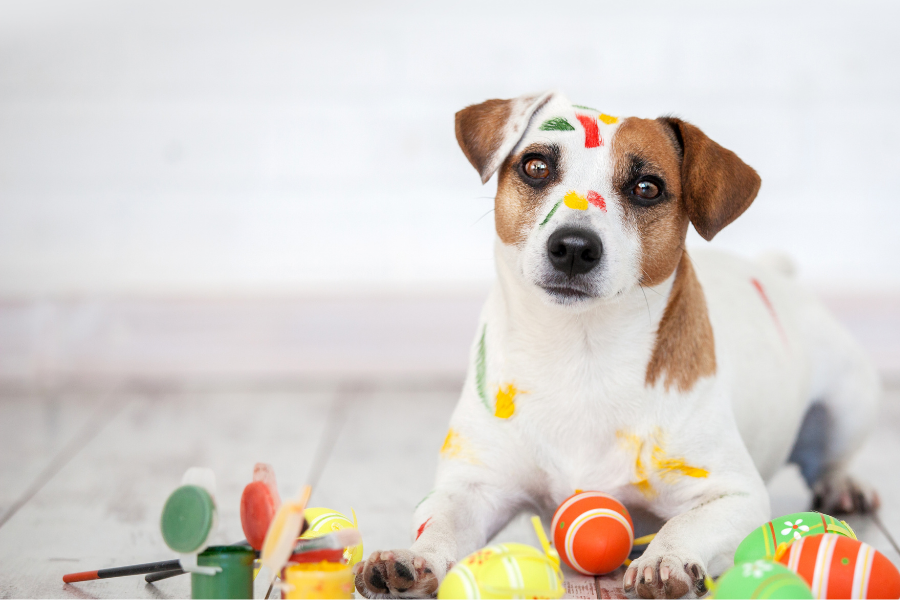No matter how careful you are, paint mistakes happen. Whether it’s a rogue drip running down the wall, an uneven splotch of color, or a spot that just didn’t get enough coverage, the good news is most of these issues are easy to fix—when you know what to do.
If you’ve recently painted your home and noticed a few flaws, don’t panic. With some simple tools and some patience, you can get that smooth, professional-looking finish you were going for. Let’s walk through the most common painting mistakes and how to fix them like a pro.

Tackling Drips Before and After They Dry
Paint drips are often caused by overloaded brushes or rollers, and they can quickly ruin an otherwise smooth surface.
If the drip is still wet:
- Grab a clean brush or roller and lightly smooth it out.
- Feather the edges so the repair blends seamlessly with the surrounding area.
- Don’t press too hard—gentle strokes are all it takes.
If the drip has dried:
- Gently sand it down with fine-grit sandpaper (around 220-grit works well).
- Wipe the area clean with a damp cloth to remove dust.
- Repaint with a light, even coat and blend it into the surrounding area.
Dealing with Splotches and Uneven Coverage
Splotches often result from applying paint too thinly, not using primer, or painting over a dirty or textured surface.
To fix splotchy spots:
- Make sure the wall is clean and dry.
- Apply a fresh coat of paint using even pressure and full strokes.
- Work in sections and keep a wet edge to avoid lap marks.
- If the issue persists, consider applying a primer before repainting to even out the surface.
How to Handle Missed Spots and Touch-Ups
It’s easy to miss a small area while painting, especially near trim or in corners. But rushing back with a brush can make the touch-up more obvious than the original mistake.
For smooth, untextured walls:
- Use the same applicator as the original paint job (brush or roller).
- Lightly feather the touch-up into the surrounding paint.
- Less is more—start small and build if needed.
For textured surfaces:
- Use a sponge or small roller to mimic the texture.
- Dab, rather than swipe, to blend better with the existing finish.
Pro tip: Always save a little extra paint for touch-ups and store it in a clearly labeled container. Stir it thoroughly before use to match the original color.
Blending New Paint with Old Paint
Even if you’re using the exact same paint, fading, sheen differences, and aging can make touch-ups stand out.
To help blend new paint:
- Use light coats and gradually build coverage.
- Feather the edges of your touch-up area into the existing paint.
- Consider repainting the entire wall if the difference is still noticeable, especially in well-lit areas.
When to Repaint vs. Repair
Sometimes a quick fix isn’t enough. If the paint job has widespread issues—such as poor adhesion, peeling, or roller marks everywhere—it may be more effective to repaint the entire wall or room.
But in most cases, a little sanding, blending, and a fresh coat in the right spot can work wonders.
Final Thoughts
Paint mistakes are part of the process, even for experienced painters. The key is to approach fixes patiently and use the right techniques. With a little practice, you’ll be able to correct those drips, smooth out the splotches, and master the art of flawless touch-ups.
And if you’re ever unsure, don’t hesitate to call in a professional. Sometimes, having an expert step in can save time, money, and a whole lot of frustration.
FAQ
Q: Can I paint over drips without sanding them first?
A: It’s best not to. Painting over dried drips without sanding will only make them more noticeable. Always sand smooth before repainting.
Q: Why do my touch-ups look shinier or duller than the rest of the wall?
A: It’s likely a sheen mismatch or the original paint has faded. Try blending with a feathered edge and applying multiple thin coats.
Q: How can I avoid painting mistakes in the future?
A: Use quality tools, don’t overload your brush or roller, and take your time. Prep work and patience make all the difference.
Let us know if you need help refreshing your home’s interior! We’re here to make your next painting project smooth, seamless, and stress-free.

Leave a Reply